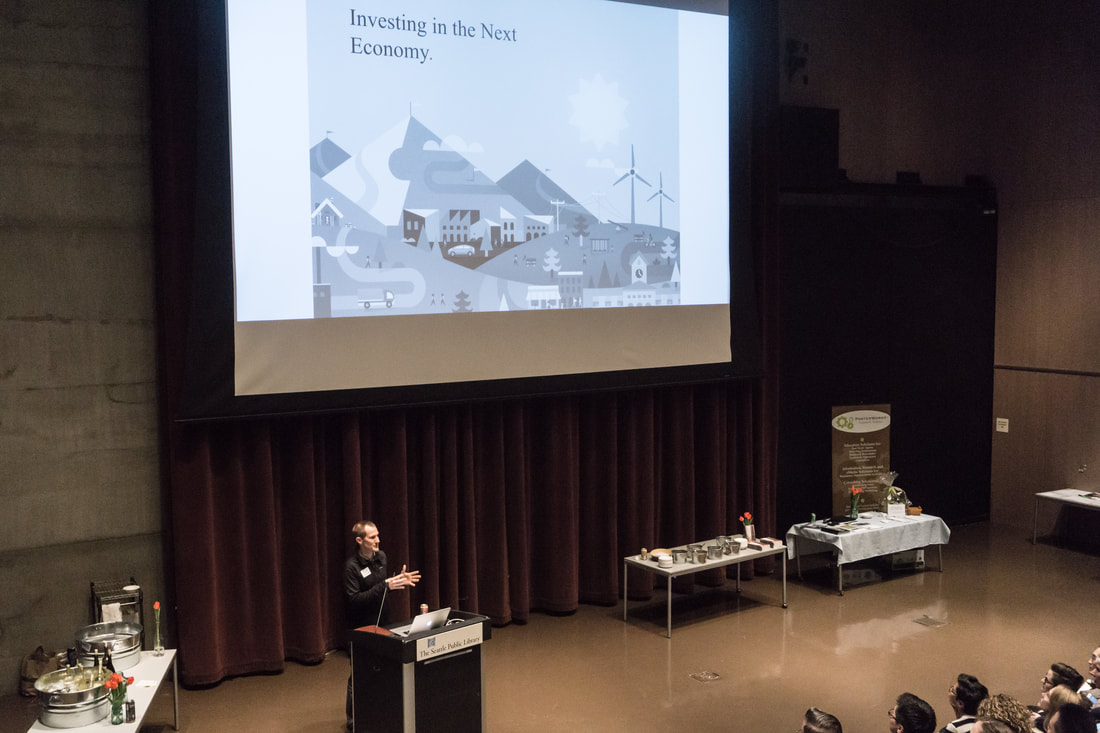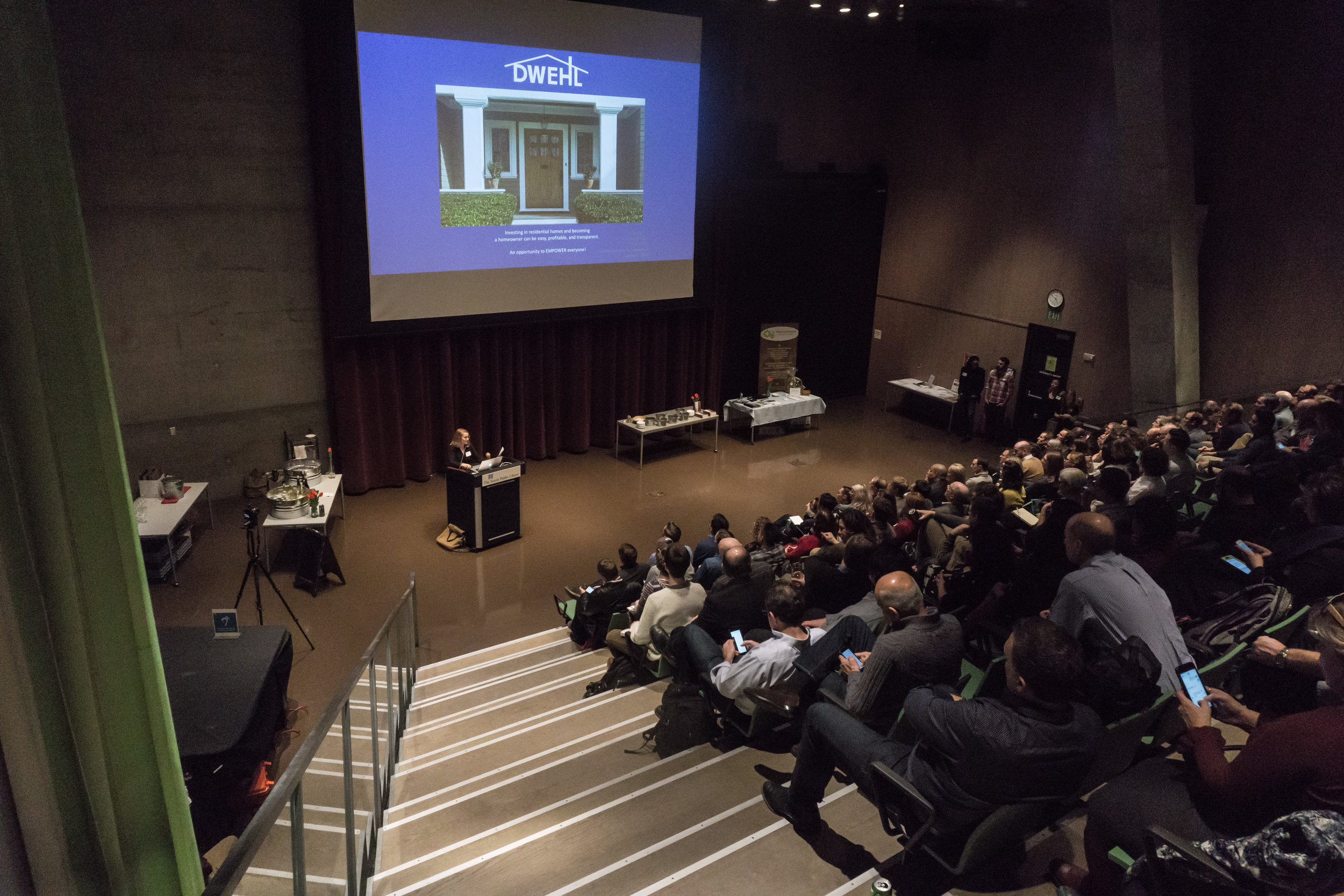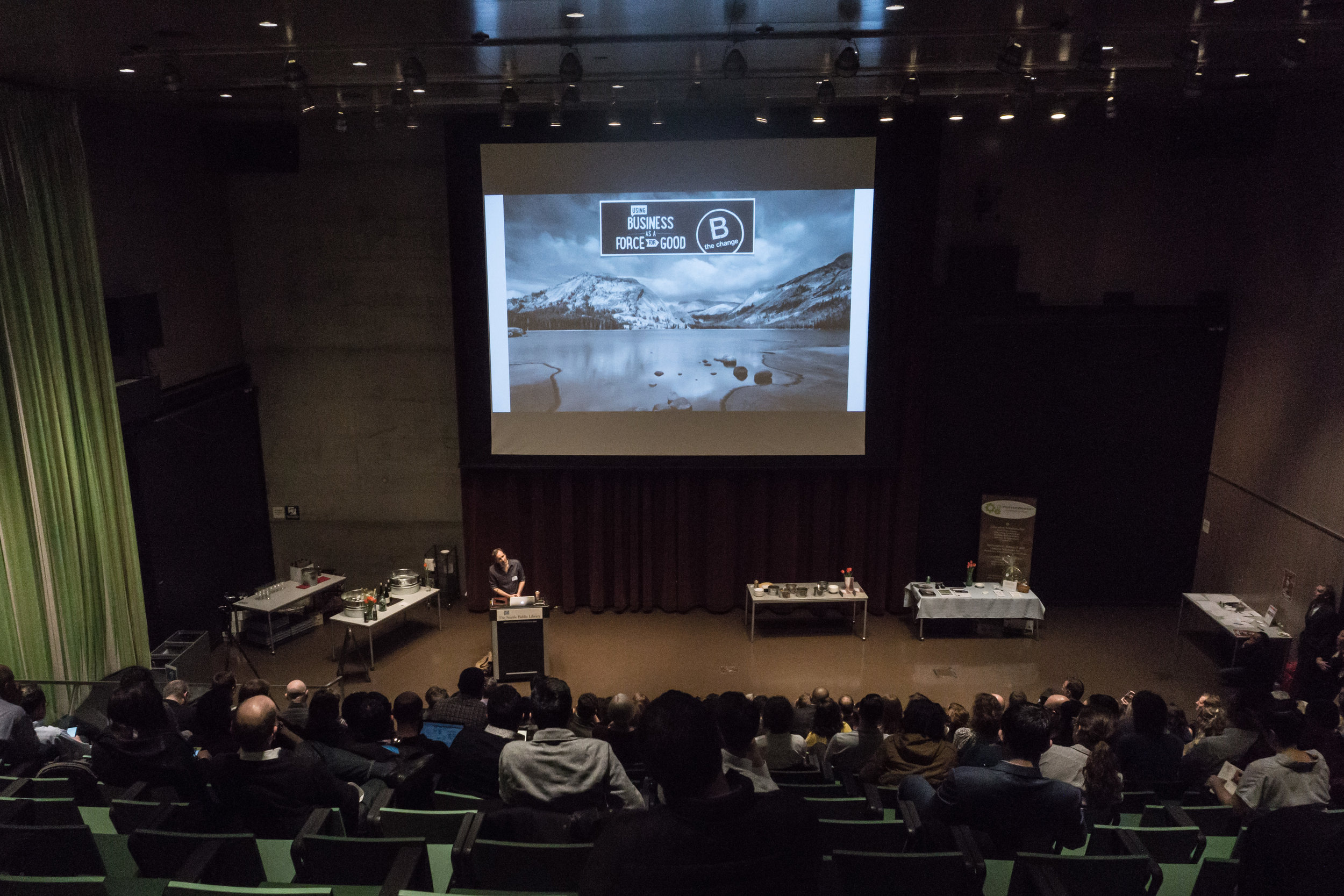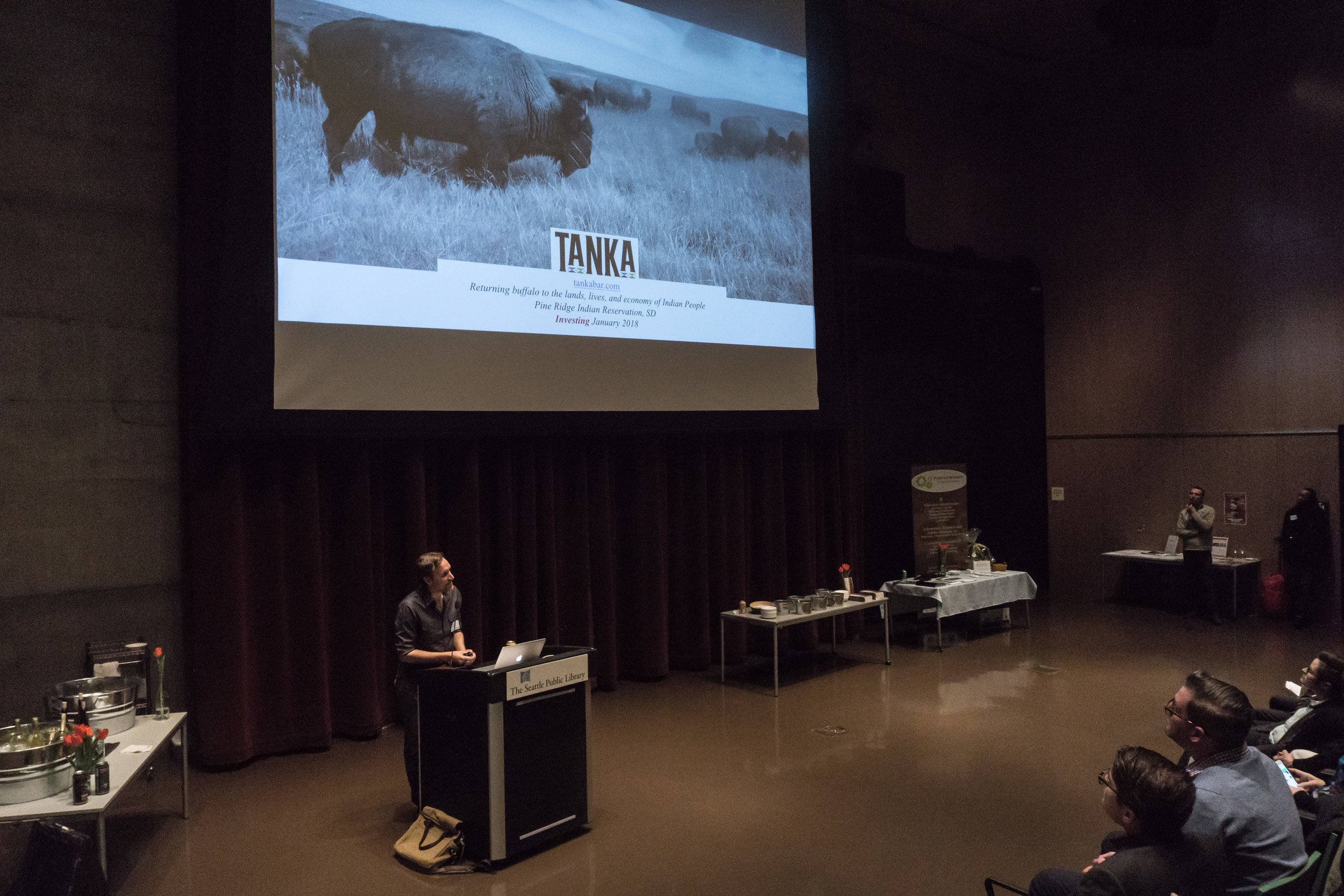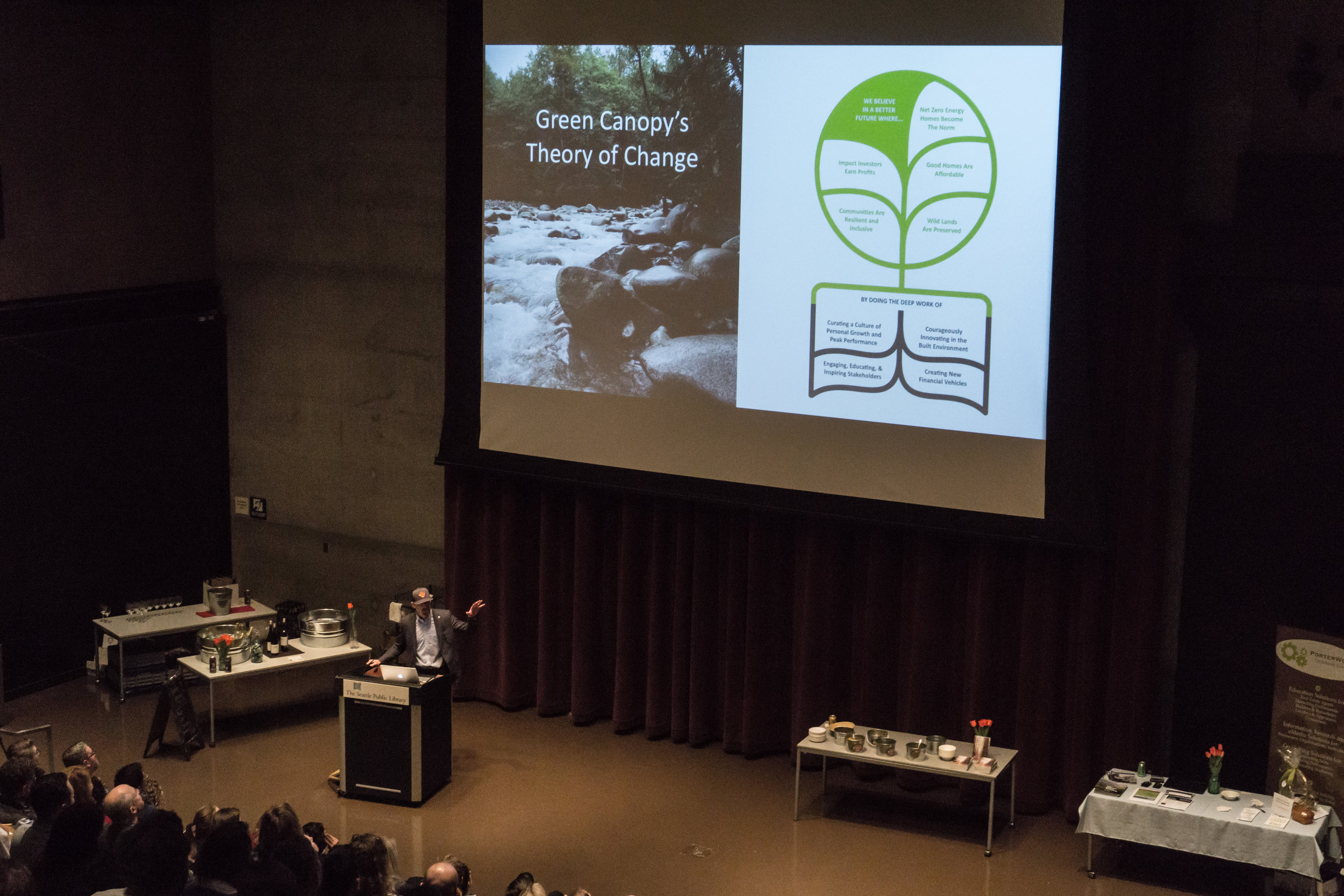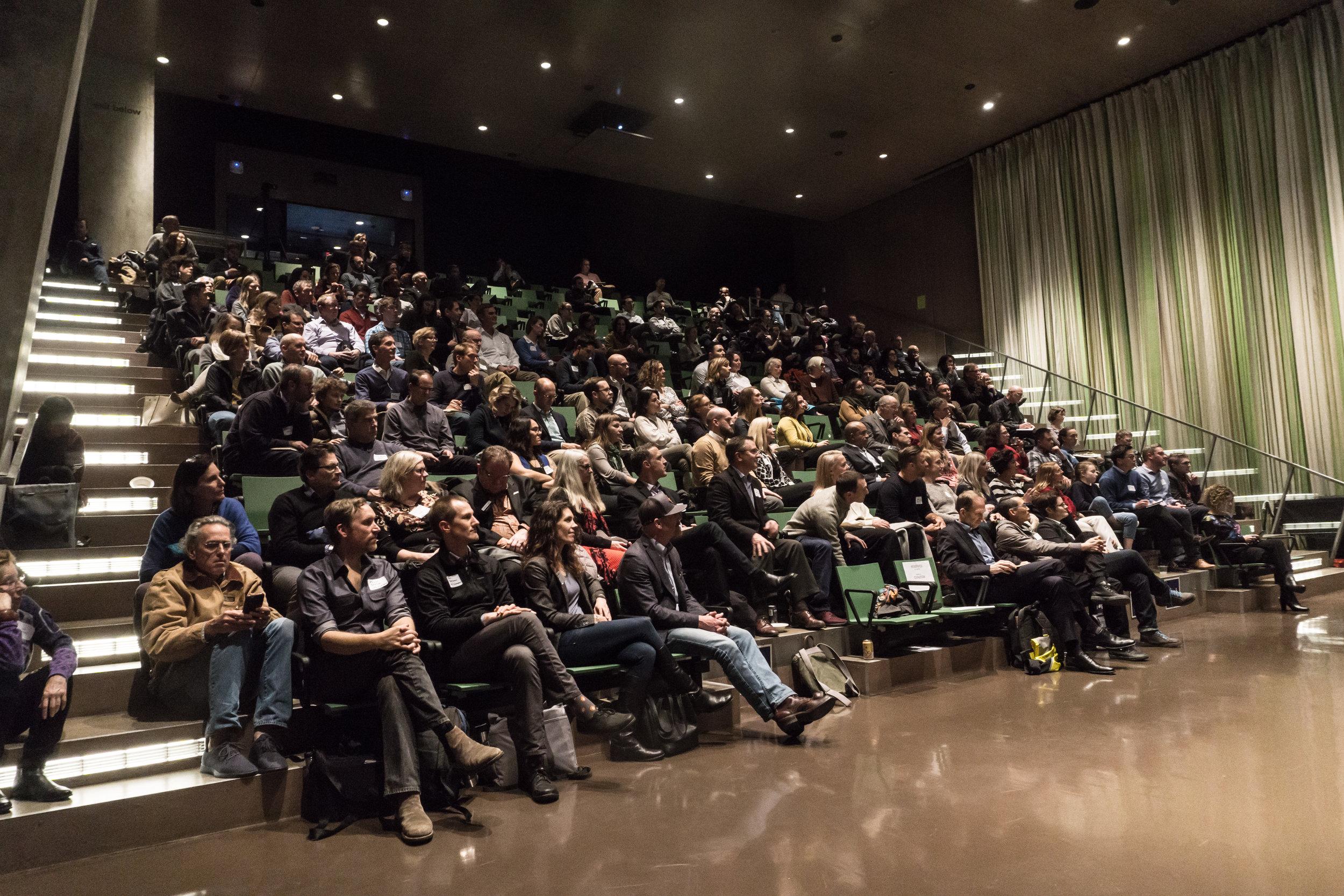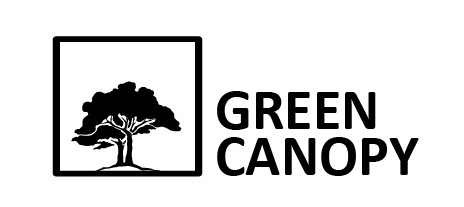Green Canopy Cofounder, Sam Lai, was featured by Presidio Graduate School (PGS) in the article, "Net Zero Hero". Sam is an alumnus of the Sustainable MBA program at PGS — the graduate school that "educates and inspires a new generation of skilled, visionary and enterprising leaders to transform business and public policy and create a more just, prosperous and sustainable world." Presidio Graduate School has earned accreditation in the sustainability-sphere and acquired Pinchot University (formerly Bainbridge Graduate Institute).
Sam tells Shawna Cain, "I selected PGS after a process of visiting classes and interviewing students and asking what their experiences were like. I realized that what I wanted was:
A tribe. I wanted to be connected to people who cared about what I care about. I didn't want to be just another number, just another competitor
I wanted to deepen my commitment and I wanted have a broader view of the way the systems work that perpetuate some of these challenges like climate change that we deal with all the time
Finally, the biggest impact that I think graduate school has had for me, beyond some of the hard skills, is that when you go to Presidio Graduate School you're able to look deep within yourself, and understand how to optimize our own personal growth, and I don't think any graduate school is able to do that the way PGS does."
Green Canopy's Alexa Ashley further interviewed Sam on his time at Presidio Graduate School and the value he took away from the Sustainable MBA Program:
AA: How did PGS teach you to think in systems?
SL: One of the things we did in first quarter was systems mapping, which is its own discipline, where you look at different components of how the world is structured, how businesses are structured, environmental systems are structured. You deconstruct them, allowing you to understand the components and then you can see how they’re integrated. So often in business you might be a specialist and you might have mastery in one thing — but you may be working 100% in the wrong direction because you haven’t taken that high-level, systems-level view.
AA: What is the most value that you took away from the Presidio Graduate School MBA Program?
SL: The opportunity to practice and take big risks, and explore ideas, that typically — in the business setting — there just isn’t enough bandwidth or space or willingness from everyone, to just take a wild idea, to play with it, to deconstruct it, and to go all the way with it in a risk-free environment.
I saw lots of people grow from not having much experience in public speaking to feeling comfortable with it at the end of the program. For me, I was able to take storytelling and public presentation and be able to have a very formal structure to bounce off of and play with to where now I feel very confident. I now have a process to be able to get from point A to point B in a very short amount of time because that’s what the process forces you to do. It says, “Okay you have an idea? Okay, test it. Prototype it. Get up and talk about it." That’s a lot of what we do in business. We iterate through ideas very rapidly — and that’s what’s required for progress.
It’s really encouraging and energizing to see other people that are just as passionate about sustainability and improving our world and that they are professionals engaged in business, and the curation of those two characteristics are unique to the PGS tribe.
Watch Shawna Cain's interview with Sam Lai below and read her article, "Net Zero Hero".








